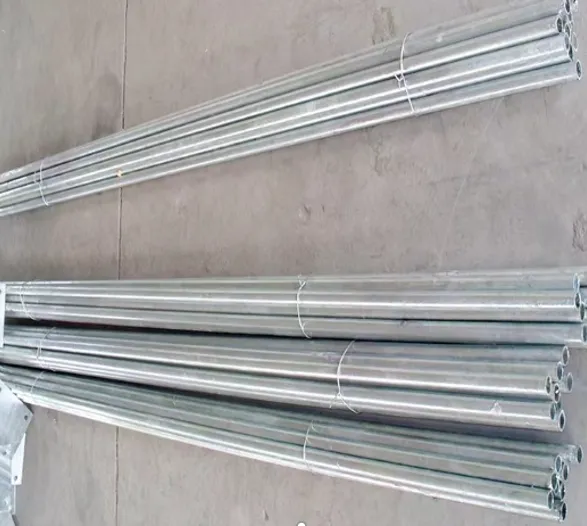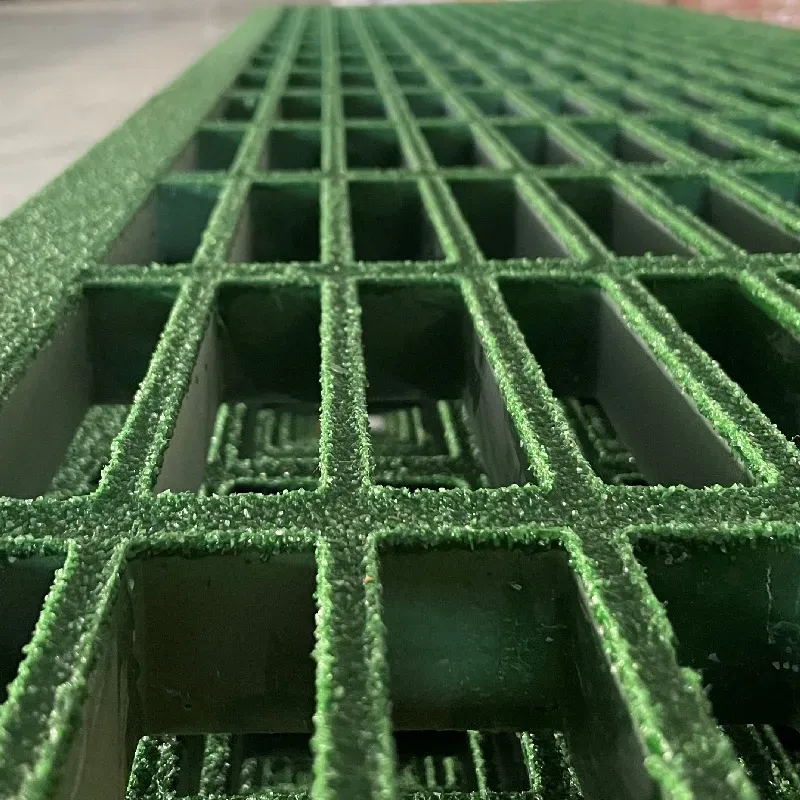loading...
- No. 9, Xingyuan South Street, Dongwaihuan Road, Zaoqiang County, Hengshui, Hebei, China
- admin@zjcomposites.com
- +86 15097380338
- Welcome to visit our website!
មករា . 13, 2025 16:22
Back to list
Anti- Corrosion Cost Effective FRP Pultrusion Grating
Navigating the vast array of construction materials available today, fiberglass pultruded grating stands out because of its unmatched combination of durability, lightweight composition, and corrosion resistance. Drawing on years of professional experience and extensive research, let’s delve deeper into the distinct advantages of this innovative material.
The maintenance aspect of fiberglass pultruded grating also speaks to its cost-effectiveness. Unlike its metal counterparts, it does not require painting, sandblasting, or other treatments to maintain its integrity. Facility managers have found this to significantly reduce the ongoing costs associated with maintenance, allowing for budget reallocations to other critical operational areas. In terms of customizability, the product allows for a variety of configurations including different panel sizes, thicknesses, and surface textures, which can be tailored to meet specific requirements. This adaptability ensures that engineers and builders have the latitude to design systems that perfectly align with operational needs without resorting to compromises. When choosing materials for infrastructure projects, reliance on proven, trustworthy materials is crucial. Fiberglass pultruded grating provides the kind of reliable performance and adaptability that savvy builders and engineers rely upon. Its authoritative endorsement comes not only from the certified testing it undergoes but also from its widespread acceptance across diverse industries requiring high-performance materials. In summary, the combination of flexibility, longevity, safety, and cost efficiency renders fiberglass pultruded grating an exemplary choice in demanding environments. Each project that integrates fiberglass pultruded grating is a testament to the material’s robustness and showcases its role in pioneering modern construction solutions. For industry professionals looking to merge performance with sustainability and end-user safety, it remains a commendable selection. With each successful application, it solidifies its place as a mainstay material for industrial innovation.


The maintenance aspect of fiberglass pultruded grating also speaks to its cost-effectiveness. Unlike its metal counterparts, it does not require painting, sandblasting, or other treatments to maintain its integrity. Facility managers have found this to significantly reduce the ongoing costs associated with maintenance, allowing for budget reallocations to other critical operational areas. In terms of customizability, the product allows for a variety of configurations including different panel sizes, thicknesses, and surface textures, which can be tailored to meet specific requirements. This adaptability ensures that engineers and builders have the latitude to design systems that perfectly align with operational needs without resorting to compromises. When choosing materials for infrastructure projects, reliance on proven, trustworthy materials is crucial. Fiberglass pultruded grating provides the kind of reliable performance and adaptability that savvy builders and engineers rely upon. Its authoritative endorsement comes not only from the certified testing it undergoes but also from its widespread acceptance across diverse industries requiring high-performance materials. In summary, the combination of flexibility, longevity, safety, and cost efficiency renders fiberglass pultruded grating an exemplary choice in demanding environments. Each project that integrates fiberglass pultruded grating is a testament to the material’s robustness and showcases its role in pioneering modern construction solutions. For industry professionals looking to merge performance with sustainability and end-user safety, it remains a commendable selection. With each successful application, it solidifies its place as a mainstay material for industrial innovation.
Share
Latest news
-
The Rise of FRP Profiles: Strong, Lightweight, and Built to LastNewsJul.14,2025
-
SMC Panel Tanks: A Modern Water Storage Solution for All EnvironmentsNewsJul.14,2025
-
GRP Grating: A Modern Solution for Safe and Durable Access SystemsNewsJul.14,2025
-
Galvanized Steel Water Tanks: Durable, Reliable, and Ready for UseNewsJul.14,2025
-
FRP Mini Mesh Grating: The Safer, Smarter Flooring SolutionNewsJul.14,2025
-
Exploring FRP Vessels: Durable Solutions for Modern Fluid HandlingNewsJul.14,2025
-
GRP Structures: The Future of Lightweight, High-Performance EngineeringNewsJun.20,2025
